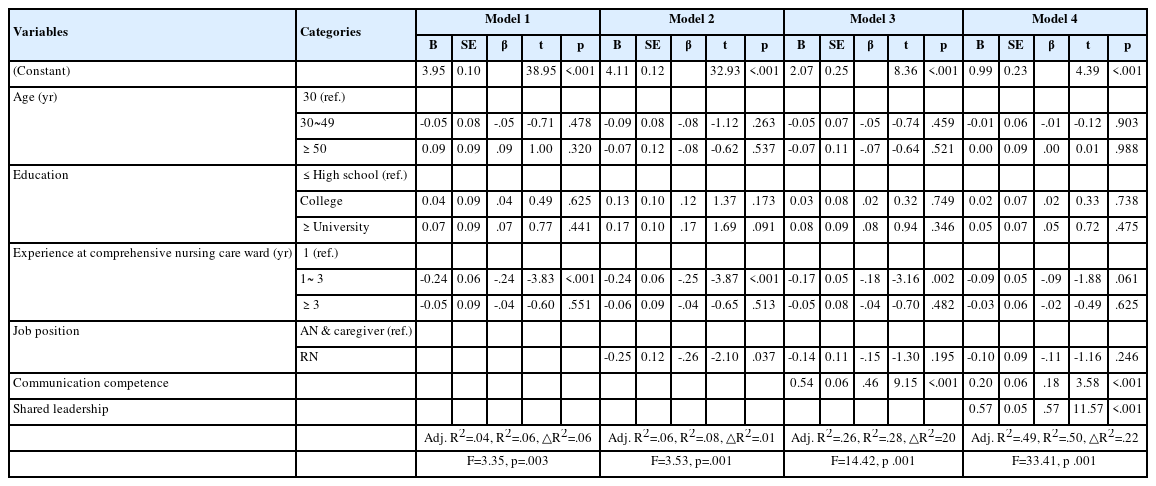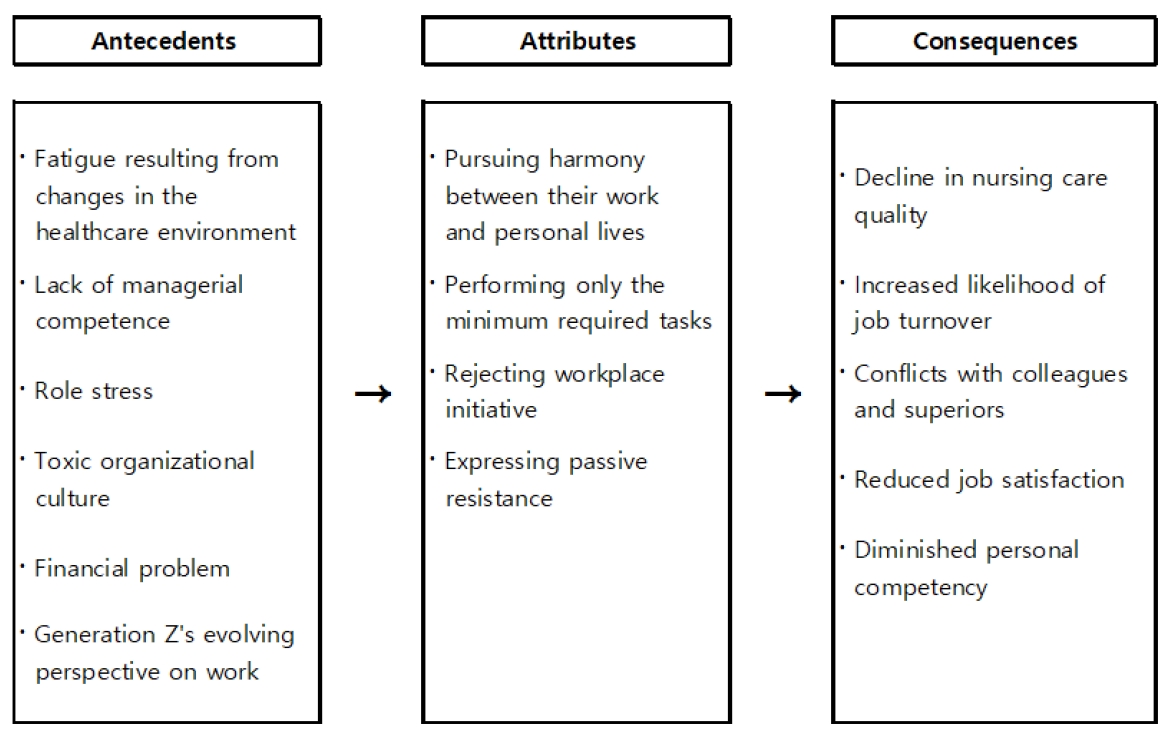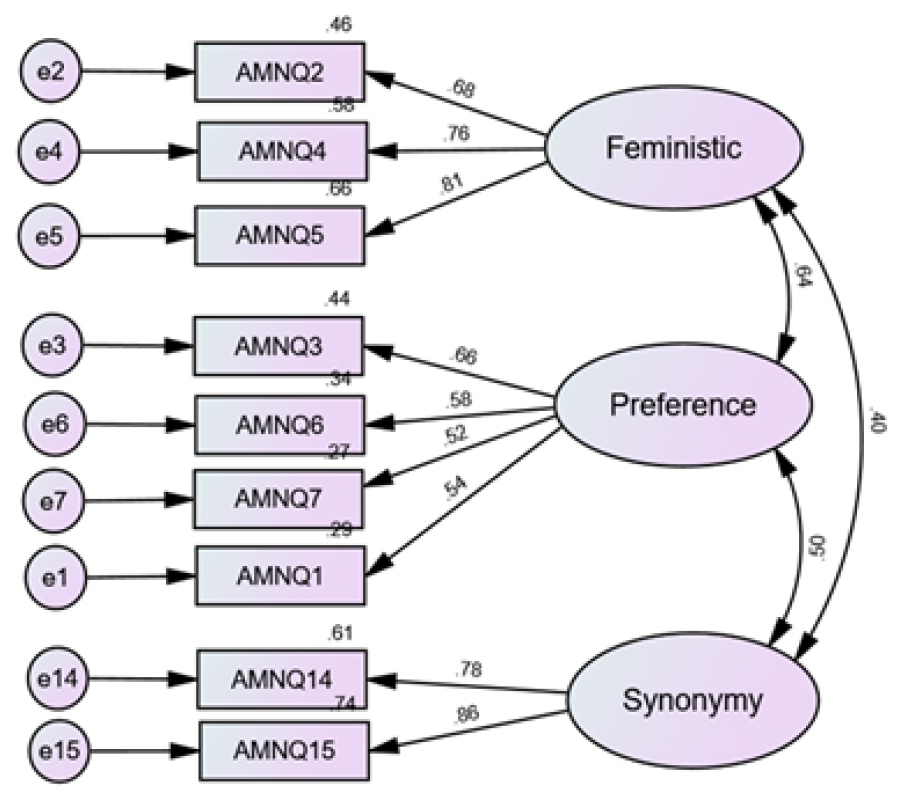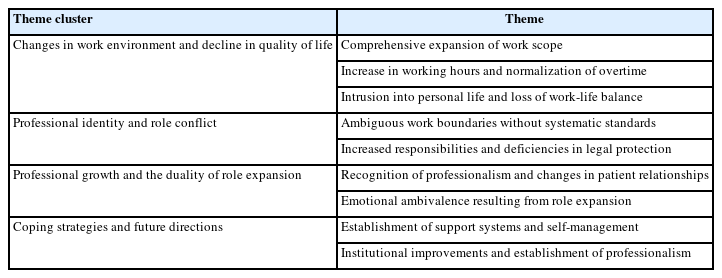Most-read are based on citations from 2023 ~ 2025.
Citations

Citations

Citations

Citations

Citations

Citations


Citations

Citations


Citations

Citations


Citations

Citations

Citations

Citations

Citations

Citations

Citations

Citations

Citations



Citations

Citations


